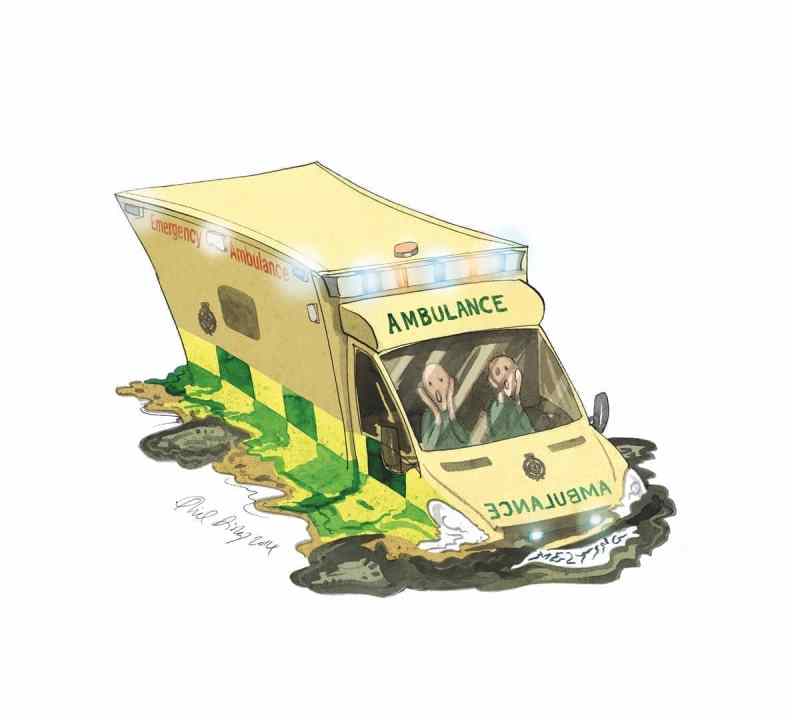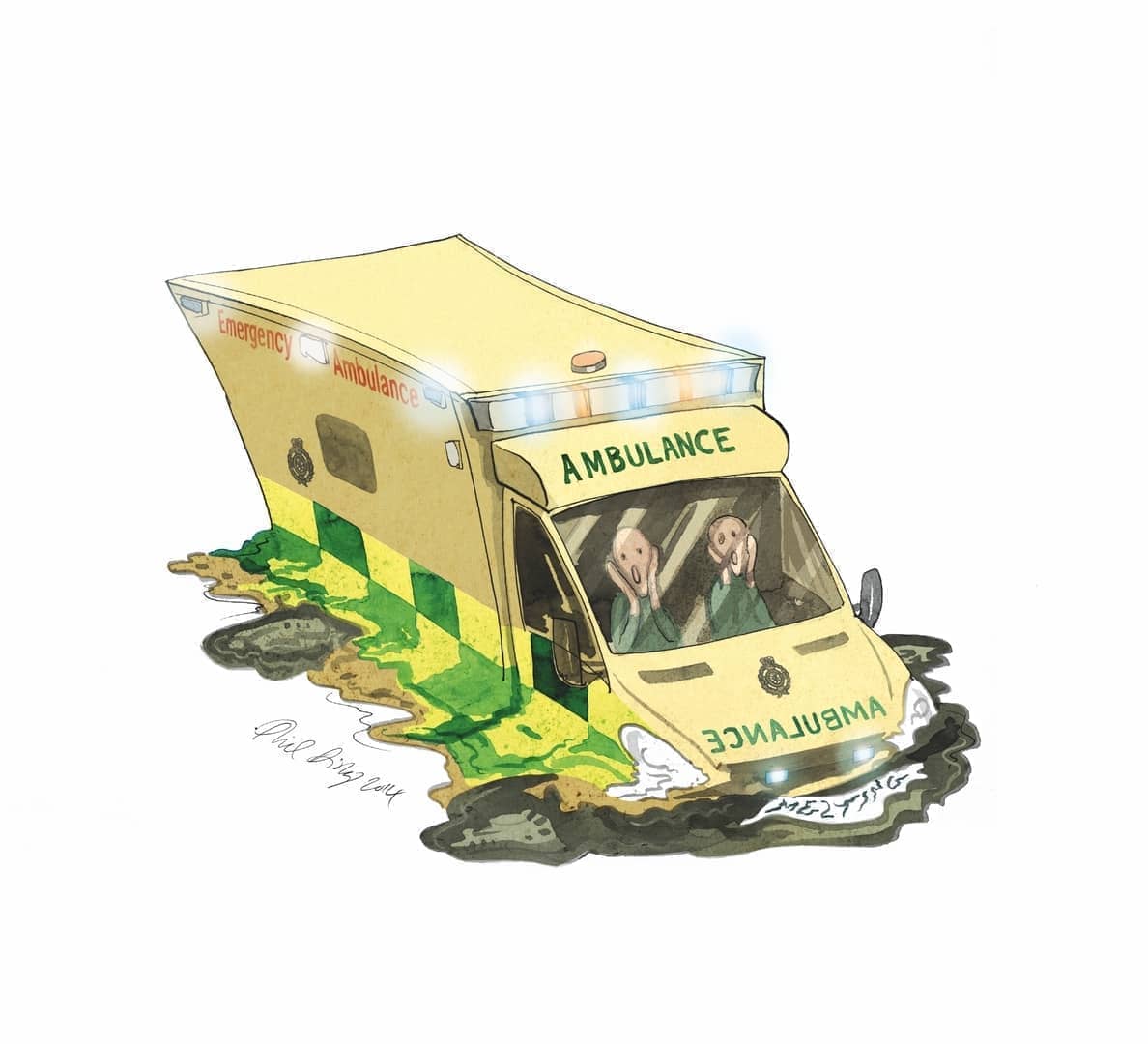NHS waiting lists have exceeded seven million people for the first time since records began. That means nearly 12 per cent of people in England are waiting for consultant-led treatment. A&E waiting times broke records too: nearly 33,000 people waited more than 12 hours from decision to admit to admission. The target is four hours.
This all adds to a difficult week for the health service. Staff shortages affecting the whole economy – a record 2.5 million people are not working due to long-term sickness – are now being felt in the NHS too. Recently some hospitals have experienced a shortage of blood because of donation centres having to close due to problems getting enough staff. Multiple hospitals were also affected by problems with the electronic patient records system. Among doctors and nurses there’s a feeling that the wheels have well and truly come off.
The NHS is having to make £14 billion in efficiency savings and inflation has eaten away at budgets, leaving a £7 billion shortfall. Together the health service is staring into a £21 billion black hole. The health services’ chief financial officer says this could mean having to ‘completely revisit investment in cancer and mental health, primary care, the increase in diagnostic capacity, and you would have to look at what it meant in total for what the NHS could deliver’.
Services are already deeply strained, diagnoses are so slow as to be fatal and waiting lists are anything but efficient. Today more data was released on the state the health service finds itself in. Here’s what they reveal:
- More than seven million people are on NHS waiting lists.
The total number of people waiting for hospital treatment for any length of time reached just more than seven million. This is up 165,000 in a month, in line with forecasts and on course for more than nine million by the next expected general election in 2024. There was slightly better news for those waiting the longest: 18-month waits fell 60 per cent compared with a year ago but still stand at some 51,000 patients.
2. More people are waiting longer than a year for treatment.
The figure rose by a further 10,000 to 387,257 – more than 5 per cent of all patients. This is already more than 200,000 above privately projected levels – leaked to The Spectator back in February – which were predicated on the notion that Omicron would be mild (as was the case).
3. A&E departments are feeling the strain.
Waits lasting longer than 12 hours for admission to emergency departments reached 32,776 – the highest figure ever recorded. This is despite the target to see 95 per cent of those turning up at A&E within four hours. Last month they only achieved 27 per cent. All this comes despite total attendance being some 123,000 below the number in September 2019.
4. Ambulance response times aren’t improving either.
It’s taking almost 50 minutes for ambulances to respond to category two emergency calls – suspected strokes or chest pains. That’s five minutes slower than the month before.
5. Cancer targets were missed again.
Cancer diagnoses have their own target: 75 per cent of patients either have their cancer confirmed or get the all-clear within 28 days. The actual figure is now 69.6 per cent, the lowest level since January. The 28-day cancer diagnosis target hasn’t been met for the fourteenth month running.
Overall it’s taking patients longer to get to hospital and longer to get treatment – even after record funding for the NHS. This has all been happening as we reached the end of the summer months, a time when pressures should be reduced. Which begs the worrying question: just how bad will winter get?








Comments